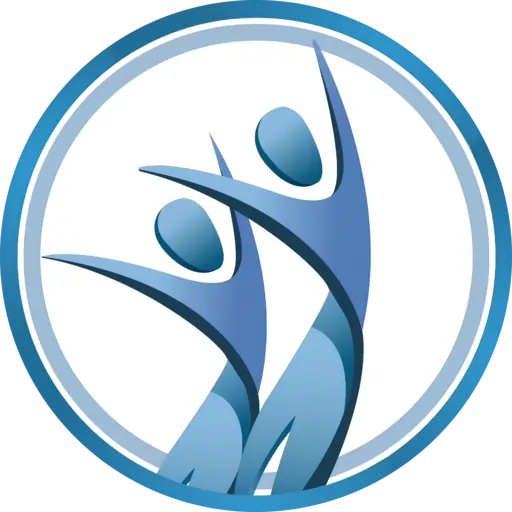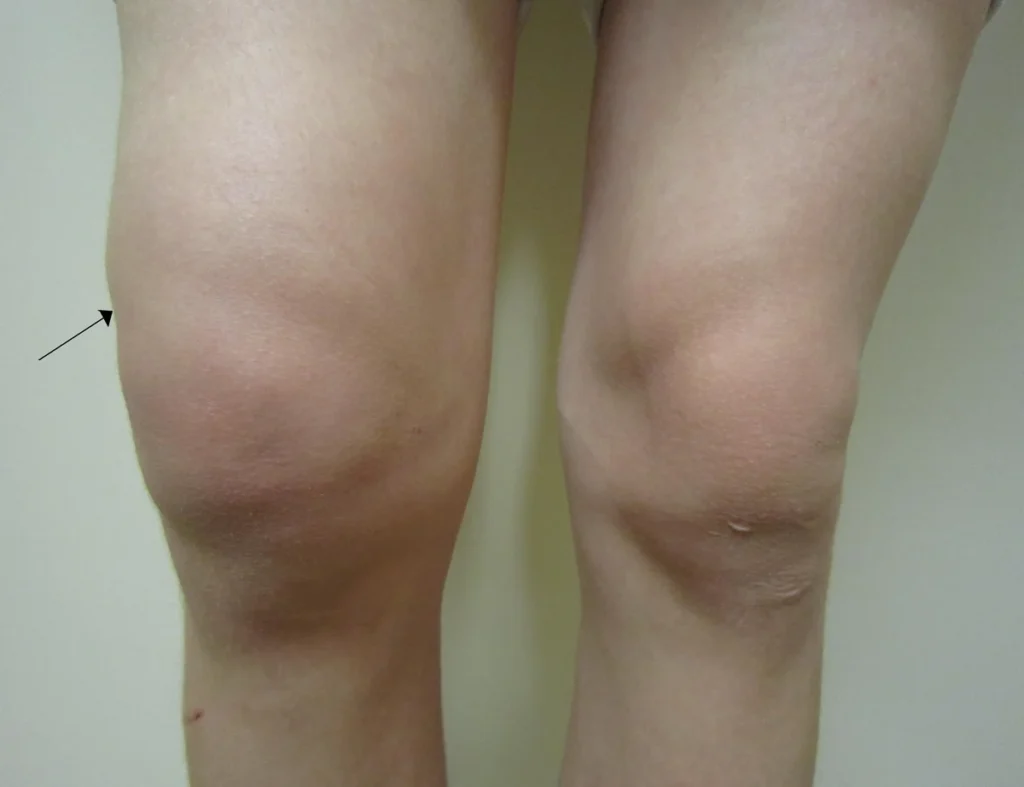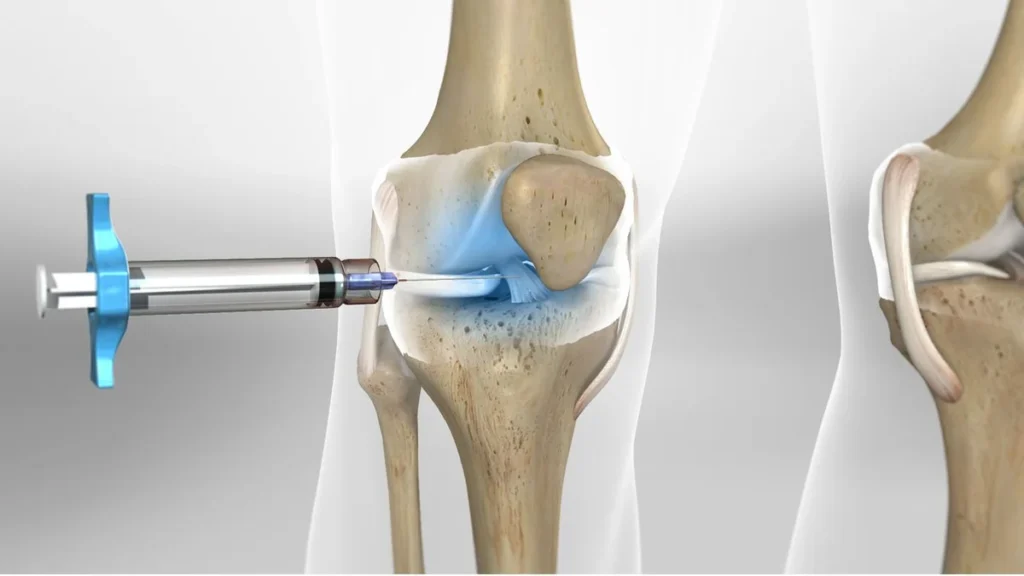A rotator cuff tear is one of the common causes of pain and discomfort in the shoulder area in adults. This condition is seen in about 40 to 50 percent of the population, but in most cases, it is asymptomatic. The likelihood of developing this condition increases with age.
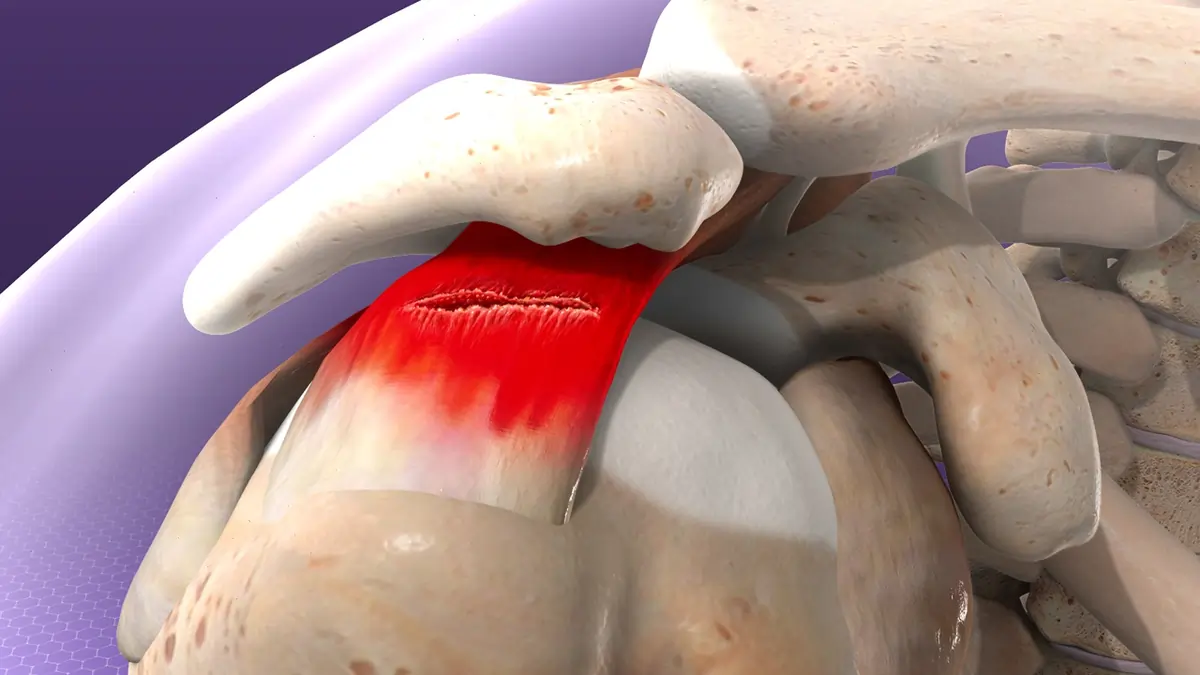
- Anatomy of the Shoulder and Rotator Cuff
- The function of the Rotator Cuff Muscles
- Rotator Cuff Injuries
- Causes of Rotator Cuff Tears
- Physical Activities and Rotator Cuff Tears
- Risk Factors for Rotator Cuff Tears
- Importance of Treating Rotator Cuff Tears
- Mechanism of Rotator Cuff Tears
- Differences in Tear Mechanism by Age
- Impact of Reduced Blood Supply and Tendon Weakness with Age
- Symptoms of Rotator Cuff Tear in the Shoulder Area
- Physiology of Shoulder Movement
- Diagnosis of Rotator Cuff Tear in the Shoulder Area
- Treatment of Rotator Cuff Tear
- Rotator Cuff Tear Repair with Arthroscopy
- Treatment of Rotator Cuff Tear with Small Incision Surgery
- Open Surgery for Rotator Cuff Tear
- Rehabilitation and Physiotherapy After Rotator Cuff Tear Treatment
Anatomy of the Shoulder and Rotator Cuff
The shoulder has four muscles and associated tendons known collectively as the rotator cuff. These muscles include the supraspinatus, infraspinatus, subscapularis, and teres minor. They are attached to the shoulder blade (scapula) and connect with their tendons near the head of the humerus (upper arm bone).
The function of the Rotator Cuff Muscles
The rotator cuff muscles cover the head of the humerus like an umbrella and act as the deepest muscles of the shoulder. These muscles contract to secure the head of the humerus in the glenoid cavity, providing stability. They also assist in lifting and rotating the arm.
Rotator Cuff Injuries
The most common injury to the rotator cuff usually involves the tendon of the supraspinatus muscle, located at the top of the shoulder joint. The infraspinatus muscle is at the back, and the subscapularis muscle is at the front of the shoulder joint.
Causes of Rotator Cuff Tears
Rotator cuff tears sometimes occur following a sudden blow to the shoulder area, leading to shoulder pain for several months. However, most tears result from mild but repeated shoulder trauma over several years. The primary cause of these repeated injuries is improper use of the shoulder and failure to observe proper upper limb work principles.
Physical Activities and Rotator Cuff Tears
In physical activities where the hand is raised above the head, significant pressure is applied to the shoulder and rotator cuff, which can lead to tears over time. Sports such as baseball, tennis, weightlifting, and rowing can increase this risk. This condition is more common in people over 40 years old, as the rotator cuff tendon weakens and is more susceptible to damage with less pressure.
Risk Factors for Rotator Cuff Tears
- Age and Decreased Blood Supply: As age increases and blood supply to the tendon decreases, the tendon weakens and becomes more prone to tears.
- Reduced Tendon Healing Capacity with Age: The ability of the tendon to heal decreases with age.
- Extra Bones Under the Acromion Process: Sometimes, extra bones forming under the acromion process can create continuous pressure on the tendon, setting the stage for injury.
Importance of Treating Rotator Cuff Tears
If untreated, a rotator cuff tear can spread and become more severe, although sometimes this progression may occur without pain or symptoms.
Mechanism of Rotator Cuff Tears
- Inherent Instability of the Shoulder Joint: The shoulder joint is considered unstable due to its unique anatomical shape. The head of the humerus is relatively large compared to the small and shallow glenoid cavity, leading to less stability.
- Stability Provided by the Rotator Cuff: The stability of the shoulder joint is largely provided by ligaments and surrounding muscles, especially the rotator cuff muscles, which firmly hold the head of the humerus within the glenoid cavity.
- Tears Caused by Tendon Compression: Sometimes, following impacts to the shoulder joint, the tendons of these muscles tear. The primary mechanism of tearing is the trapping of the rotator cuff tendon in the shoulder area between two bones (the humerus and the acromion process).
Differences in Tear Mechanism by Age
- In younger people, tears usually result from severe compression of the tendon during heavy physical activities.
- In older ages, gradual tears occur due to repeated but less intense compression.
Impact of Reduced Blood Supply and Tendon Weakness with Age
With age, blood supply to the tendon decreases, leading to tendon weakness and reduced healing capacity. Consequently, the tendon tissue weakens, and even low pressures can cause tears.
Symptoms of Rotator Cuff Tear in the Shoulder Area
Shoulder Pain
- Increased Pain with Arm Elevation: The intensity of shoulder pain increases when lifting the arm. Over time, the pain can become so severe that the patient is unable to lift their arm above their head.
- Pain When Lowering the Arm from Above the Head: Experiencing pain while bringing the arm down from an elevated position.
- Muscle Weakness and Atrophy Around the Shoulder: A decrease in muscle strength and size in the shoulder area.
- Weakness in the Arm When Lifting It: The patient experiences significant weakness in the arm when lifting it.
- Shoulder Noises During Arm Movement: The creation of sounds or clicking in the shoulder during arm movement.
Onset of Symptoms
- Sudden or Gradual Onset: Symptoms may appear suddenly after a shoulder injury, such as falling on the shoulder, or develop chronically over time.
Specific Characteristics of Pain
- Location of Pain: The pain is usually located at the front of the shoulder and may radiate to the arm.
- Changes in Pain Intensity: The pain may initially be mild and only occur during arm lifting but can intensify over time and even be felt at rest or when lying on the affected shoulder.
Physiology of Shoulder Movement
- Role of the Rotator Cuff in Abduction: For the abduction movement, where the upper limb moves upwards from the side of the torso, the rotator cuff muscles contract to stabilize the head of the humerus in the glenoid cavity. The deltoid muscle then contracts to facilitate the abduction.
Diagnosis of Rotator Cuff Tear in the Shoulder Area
Examination by a Doctor
- Patient’s Symptoms: Gathering information about the patient’s symptoms.
- Physical Examination: The doctor examines the shoulder for diagnosis.
Imaging Techniques
- Use of Imaging Methods: Employing methods like MRI for a more accurate diagnosis.
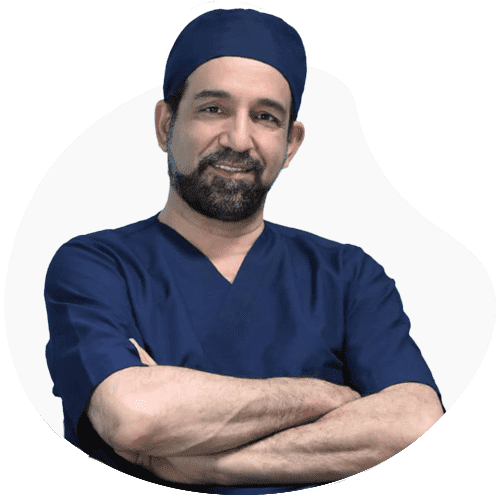
To make an appointment or get an online consultation with Dr. Nader Motallebi Zadeh, Limb lengthening surgeon, proceed here.
Treatment of Rotator Cuff Tear
Non-Surgical Treatment
- Effectiveness in Half of the Cases: Non-surgical treatments can help improve symptoms in half of the rotator cuff tear cases. This includes reducing activities that stress the shoulder, resting, using anti-inflammatory medications, corticosteroid injections by an orthopedic specialist, and physical therapy to strengthen the shoulder muscles.
Need for Surgical Treatment
- Indications for Surgery: Surgery is considered in cases where symptoms persist for 6 to 12 months with extensive tears, and non-surgical treatment does not yield satisfactory results. Surgery is usually positive in 80 to 90% of cases.
Conditions for Deciding on Surgery
- Surgery is considered under the following conditions:
- Ineffectiveness of non-surgical treatments in reducing pain.
- Presence of a new tear and severe pain.
- Tear in the shoulder of the dominant arm in an active individual.
- The need to perform overhead activities or sports.
- Presence of severe muscle weakness or extensive tears.
Choosing the Type of Surgery
- Based on Patient’s Age, Tear Size, Shape, and Location: In older patients with very weak tendons, treatment is usually non-surgical. In younger patients, surgical tendon repair is typically performed. Debridement is done for partial tears, and for complete tears with tendon detachment, reattachment to the bone is performed.
Rotator Cuff Tear Repair with Arthroscopy
Introduction to Arthroscopy
- Description of Arthroscopy: Arthroscopy involves a hollow metal tube the size of a drinking straw, equipped with a high-precision camera at one end and several lenses inside.
Arthroscopy in Diagnosis
- Use in Diagnosis: The orthopedic surgeon inserts the arthroscope into the shoulder joint through a few millimeter incision, displaying high-resolution images of the inside of the shoulder on a monitor. Fluids are also injected into the joint through a narrow tube to expand the joint space and provide a better view.
Surgical Repair Process
- Visibility of Internal Parts: The surgeon can see the internal parts of the shoulder, diagnose diseases and lesions, and perform surgical treatment through the arthroscope.
Surgical Actions in Rotator Cuff Tear
- Removing Torn Tendon Parts: This helps prevent shoulder impingement during movement.
- Tendon Repair: If feasible, the repair is done using surgical threads and special screws.
- Modifications to the Acromion Process: Sometimes, part of the underside of the acromion is shaved or removed to provide more space for rotator cuff tendon movement.
Treatment of Rotator Cuff Tear with Small Incision Surgery
Surgical Technique
- Use of Arthroscopy: With a 4 to 6 cm surgical incision in the shoulder area, the doctor performs the shaving of the underside of the acromion and repairs the tear site.
Open Surgery for Rotator Cuff Tear
Conditions Requiring Open Surgery
- For Extensive or Complex Tears: In these cases, larger surgical incisions may be necessary.
Benefits of Arthroscopy
- Reduced Side Effects: Less pain, hospital stay duration, bleeding during surgery, and joint stiffness post-surgery with arthroscopic treatments.
Factors Affecting Surgical Outcomes
- Quality of Damaged Tissue, Extent of Tear, Rehabilitation Compliance, and Patient Age: These factors can influence the results of surgical treatment. Complications such as nerve damage, infection, joint stiffness, and re-tearing occur in about 10% of cases.
Rehabilitation and Physiotherapy After Rotator Cuff Tear Treatment
Importance of Post-Surgical Care
- Crucial Role of Aftercare: Essential for achieving optimal therapeutic outcomes.
Rehabilitation Process
- Immobilization Period Post-Surgery: Depending on the extent of the damage, this can last 4 to 6 weeks.
- Rehabilitation Process: Under the supervision of an orthopedist and physiotherapist, the patient performs specific exercises to increase the range of motion and muscle strength around the shoulder.
- Recovery Duration: Achieving an appropriate range of motion and muscle strength typically takes 4 to 6 months.

To make an appointment or get an online consultation with Dr. Nader Motallebi Zadeh, Limb lengthening surgeon, proceed here.
